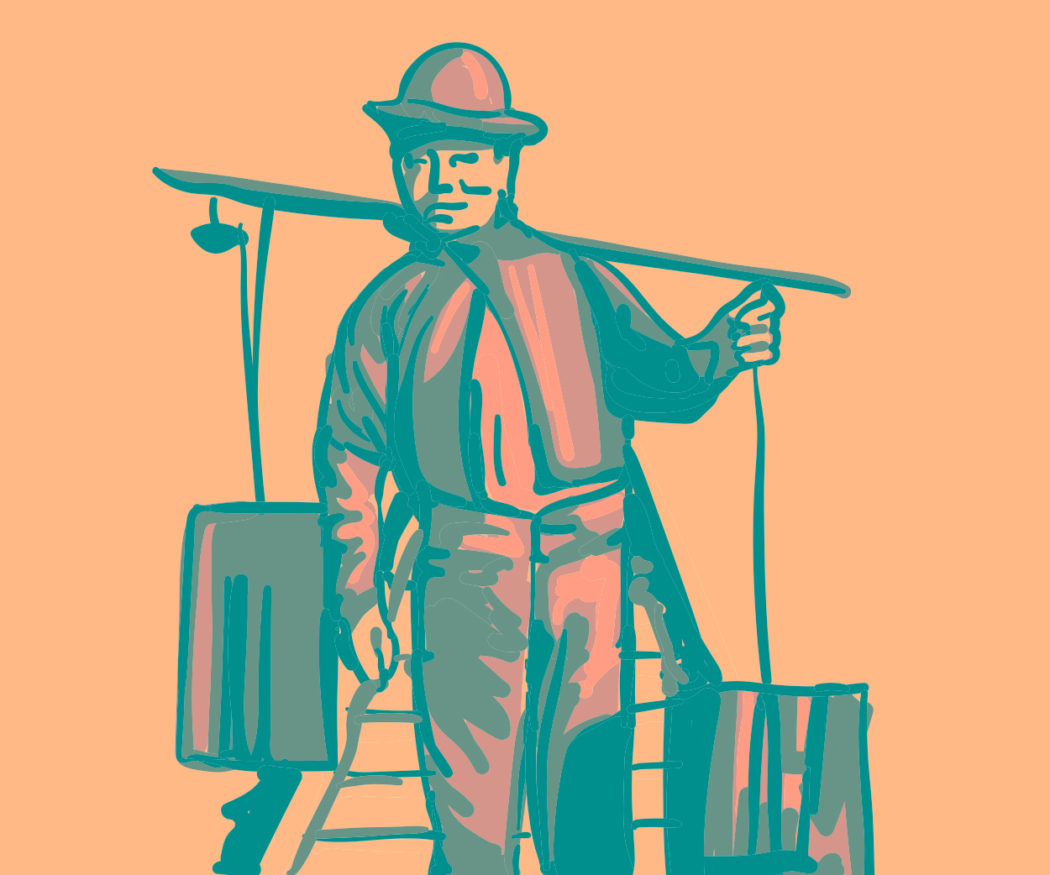Deep Roots: An Exploration of Asian History in the United States – Part I
The United States, like many other Western nations, has a history accented with great achievements that broke down barriers to the future. These same histories are also bloated with an array of human rights abuses that are lessons for the ages. Ranging from the egregious period of slavery and the Triangle Trade to the folly of modern relationships between classes, races and genders, one people’s history that sticks out is that of Asian Americans.
Join me, Michael Popa, as I explore with you over the next few pieces the deep roots that Asian people have in this country as it relates to the significant events of severe mistreatment of these people. Today, we’ll take it all the way back to the beginning — the first chapter in the book of Asian American history — the Gold Rush of 1849.
In 1848, there were only a few hundred Asians living in America. In 1850, however, over 25,000 had moved to the continental United States, mostly to California. These droves of immigrants came here to make money in the rich gold mines recently discovered in Coloma, California to send back to their families, most of whom being in China. While many of the Chinese immigrants worked in unusually large mining companies of 100-200 people, many more immigrants explored other ventures: laundries, hotels, restaurants and other services.
Initially, the new immigrants were treated extremely well. Since they were willing to work for less than $26 per month (whereas American workers charged significantly more, typically over $30 a month) and were willing to work the “dirty jobs” that many others were not willing to take. The businessmen and mining bosses in the area loved employing and forming companionships with the Chinese.
But, while 25,000 Chinese immigrants moving to California in less than two years may seem like a lot, more than 300,000 immigrants in total came to the Golden State, coming from “Mexico, China, France, Germany, Russia, Ireland, Italy, the West Indies and even as far away as Australia. The gold rush attracted 30,000 immigrants from France alone.” Given that mining gold was such a popular job, the gold dried up quickly, ending the Gold Rush in 1855.
It was after the gold dried up that the friendships and agreements between Chinese immigrants and Americans collapsed, too. Since the Chinese had been working the jobs nobody else wanted, employment wasn’t competitive amongst higher paying jobs. But, after the “dirty jobs” became the only ones available, the Chinese became viewed as competition, driving down the wages and acting as competitors rather than friends. While the way the Chinese lived in America was originally viewed as exciting and an addition of culture to America, it soon became viewed as a detraction and oddity that wasn’t welcome anymore.
Government also made an appearance during this time, encouraging anti-Asian protests (even ones that became violent) and passing legislation, like the Foreign Miners Tax Act of 1852, that taxed immigrant workers nearly $5 a month for working in the United States. It was at this time that the government, being led by President Lincoln, also began construction of the Transcontinental Railroad, the start of another dark turn for Asian Americans.
Construction began in 1863 and carried until 1869 at its completion. The Transcontinental Railroad, almost 2,000 miles in length, wasn’t built from one end to another but, instead, was constructed from both sides and met in the middle, meeting at the then Promontory Summit in the Utah Territory (now Promontory, Utah). Union Pacific Railroad began construction in the east starting at Council Bluffs, Iowa and the Central Pacific Railroad Company of California, or CPRR, began west in Sacramento, California.
Asian Americans gained employment with the CPRR, but the working conditions were brutal. Nearly 20,000 Asian Americans worked on the railroad tirelessly and without relief. While American workers were given nice train cars to live on while the railroad was being built, Asians were tossed aside to sleep in tents, work longer hours and paid less than their American counterparts. Although the hardest workers on the years-long construction project, they were left practically ignored by history for more than 100 years. American workers took the credit for the revolutionary infrastructure feat, and relationships between Asians and Americans worsened.
Join me next time as we explore Asian American involvement in World War II. We’ll discuss Pearl Harbor, Executive Order 9066 and the famous 442nd Infantry Regiment.
Michael Popa
michael.popaii@gmail.com

